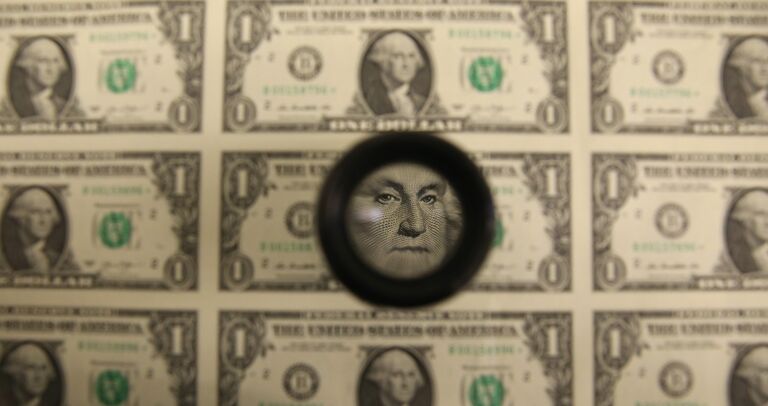Little-Known Facts About The Dollar Bill That Are Making Americans Race To Check Their Wallets
Odds are you've handled a lot of dollar bills in your lifetime. From the first buck you ever earned, to the spare change handed to you across a counter, every bit of money has a backstory. The secrets behind where your cash has been, how long it lasts, what its markings mean, and everything else in between are all worth far more than a dollar's four-quarter value.
Hasn't Changed Since 1963
Over the years, most of the bills in circulation have been spruced up — except for the dollar bill. Why hasn't the U.S. Mint given the single the same treatment as the fancy new $50 note? Well, according to the Treasury Department, it's owed to the fact that counterfeiters don't really waste their time trying to reproduce smaller denominations.
It Isn't Paper
While many a rap song has chronicled the art of "getting paper," we're sorry to say, folks, that dollars aren't technically made of paper. Well, before it becomes a dollar, the currency arrives at the Treasury's Bureau of Engraving and Printing in large heavily-tracked sheets, comprised of 75% cotton and 25% linen. But what about the ink?
The Ink
You'd have better odds of whipping up the right combination of chemicals by magic than learning the exact kind of ink used on US dollar bills. The Treasury Bureau keeps their ink recipe under lock and key for obvious anti-counterfeiting reasons.
How Many Are There?
As of 2020, if you had the world's largest money counting machine and ran all the US dollar bills in circulation through it, there would be 13.1 billion dollars — just in singles. Now that's enough to buy every single item in the dollar store for the rest of your life and beyond.

